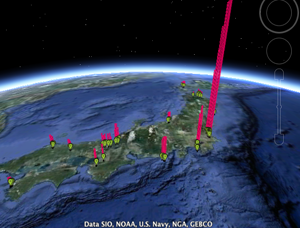You are here
Mon, 2011-03-28 13:51 — mdmcdonald
The Communication Working Group is focused on assessing and restoring communication in Japan's most impacted prefectures.
The mission of the Communication Working Group is to assess and restore communication in Japan's most impacted prefectures.
Working Group email address: ***@***.***
Add Content to this group
Members
| hank_test | Kathy Gilbeaux | mdmcdonald |
Email address for group
communication-japan@m.resiliencesystem.org




Recent Comments